My Memorable Journey to Batanes: A Dream Realized
I have always had a particular place in my heart for Batanes. Like many Filipinos, I’ve imagined myself standing atop its recognizable rolling hills, letting the wind tousle my hair, and staring out at the ocean’s boundless horizon. In addition to being one of the few locations in the Philippines where one can truly appreciate the undulating beauty of the hills, Batanes is a site rich in natural wonder and cultural value. I had the good fortune to make this goal come true, and I will share my amazing adventure to this fascinating archipelago in this essay.

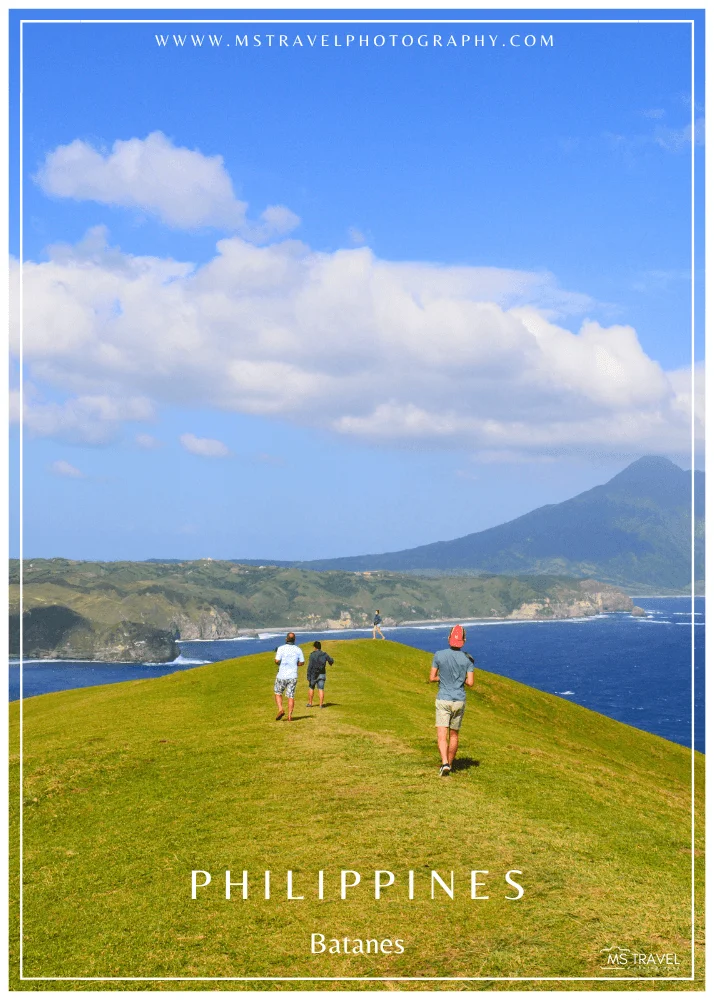
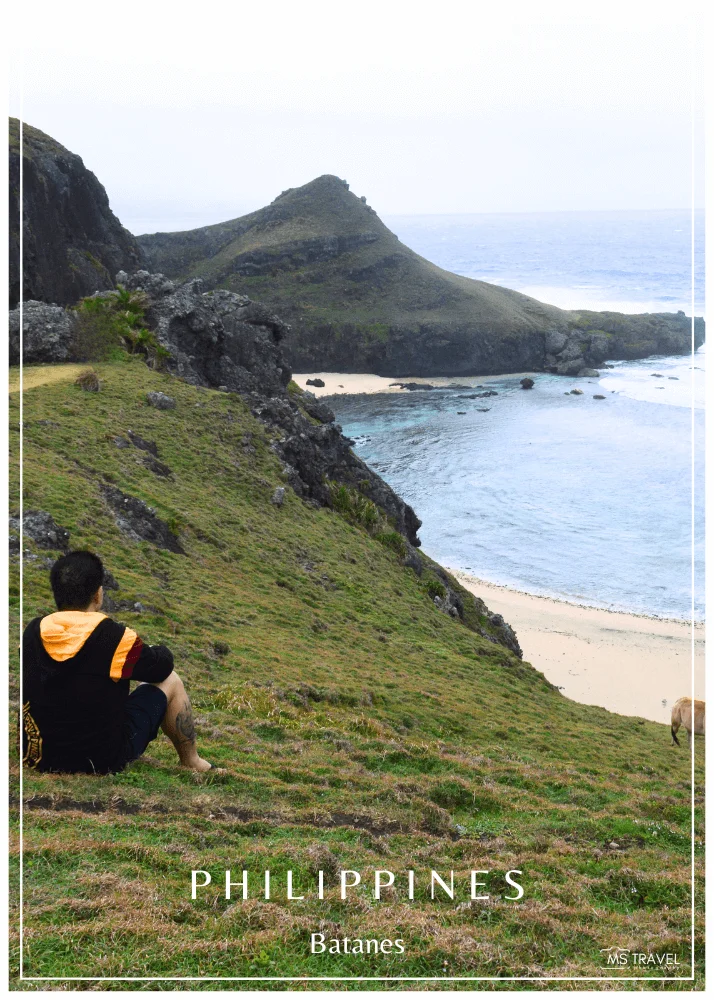
A Privilege Beyond Words
Declaring that you’ve visited Batanes confers a particular status. Though many Filipinos desire to see its unmatched beauty, just a few are able to visit its beaches because of a variety of obstacles. Being a member of a special group that has experienced personally the ethereal appeal of Batanes is more important than merely visiting another tourist destination. It’s about being a member of a select group of tourists who have experienced this land’s spirit.
The Price of Paradise
Not all of the obstacles on my trip to Batanes were removed. The price was the most noticeable of these. The cost of traveling to this isolated paradise is high, mostly because of its difficult accessibility and distant location. The cost of the aircraft tickets alone significantly reduced my available funds. Due to the tiny airport in Batanes, only smaller planes can land there, which results in fewer seats and higher costs.
However, as soon as I stepped off the aircraft and inhaled the crisp Batanes air, I realized that every peso I had paid had been worthwhile. Every expenditure seemed insignificant in the face of the expansive views, tranquil surroundings, and the real kindness of the Ivatan people. “How can you put a price on experiencing heaven on earth?” I couldn’t help but wonder.
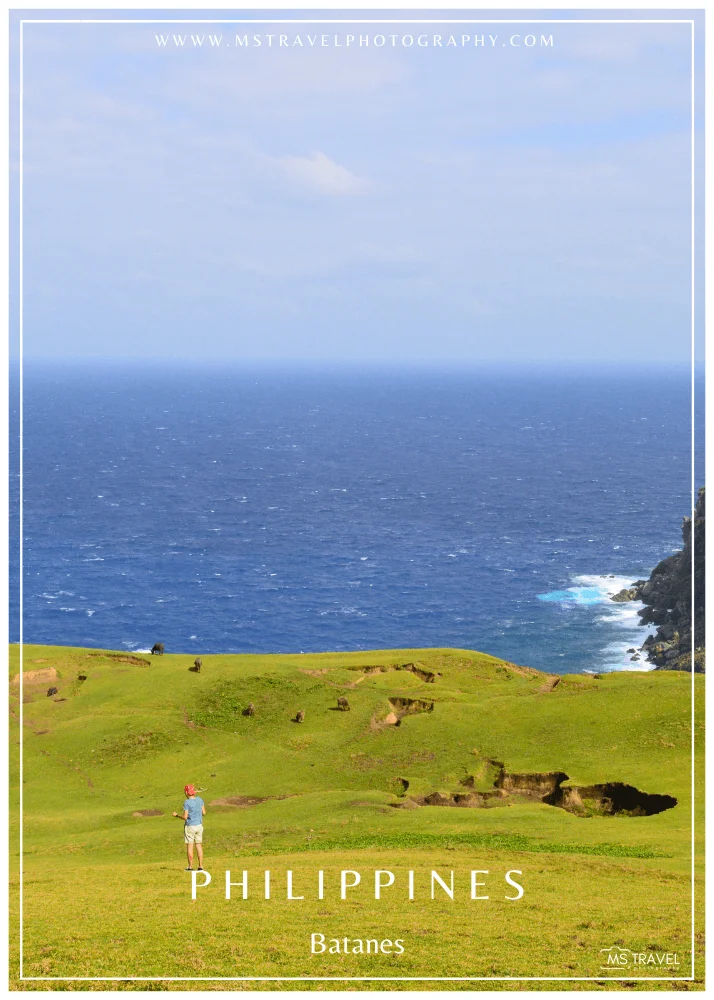
Batanes vs. New Zealand
The landscapes of New Zealand and Batanes have frequently been compared. Batanes’s undulating hills have striking similarities to the pastoral scenes of New Zealand that are frequently shown in films and television series. If a vacation to New Zealand is out of reach financially for Filipinos, Batanes provides a more affordable option without sacrificing the natural beauty of the area.
Even though I haven’t been to New Zealand, I had the impression that I was in a well-known movie set where nature was the main character as I stood atop the enormous, rolling landscapes of Batanes. The seas sung ageless tunes, and the breezes whispered stories from bygone eras. If you’ve always wanted to visit New Zealand but are currently unable to, you might want to think about Batanes instead. It offers an equally meaningful and profound experience.
An Exclusive Experience
The exorbitant expenses linked with visiting Batanes guarantee that it continues to be a privileged location. It is not affected by the widespread commercialization that many well-known tourist destinations suffer from. The culture has been maintained, the traditions have not been weakened, and the landscapes are still immaculate.
I enjoyed that there were no throngs of people throughout my visit. I could locate a peaceful area on a hill, curl up with a book, and let the story absorb me while the unbroken beauty of the outside world took shape all around me. Every second seemed unique, private, and completely memorable.
Batanes: The Untouched Paradise of the Philippines
Known as the “Home of the Winds,” the breathtakingly beautiful Batanes archipelago is tucked away in the Philippines’ northernmost region. Batanes, a group of 10 islands with just three inhabited (Batan, Sabtang, and Itbayat) is a refuge for tourists looking for peace, tranquility, and a window into a preserved history. This page explores every aspect of Batanes, from its stunning scenery to its intricate history and culture.

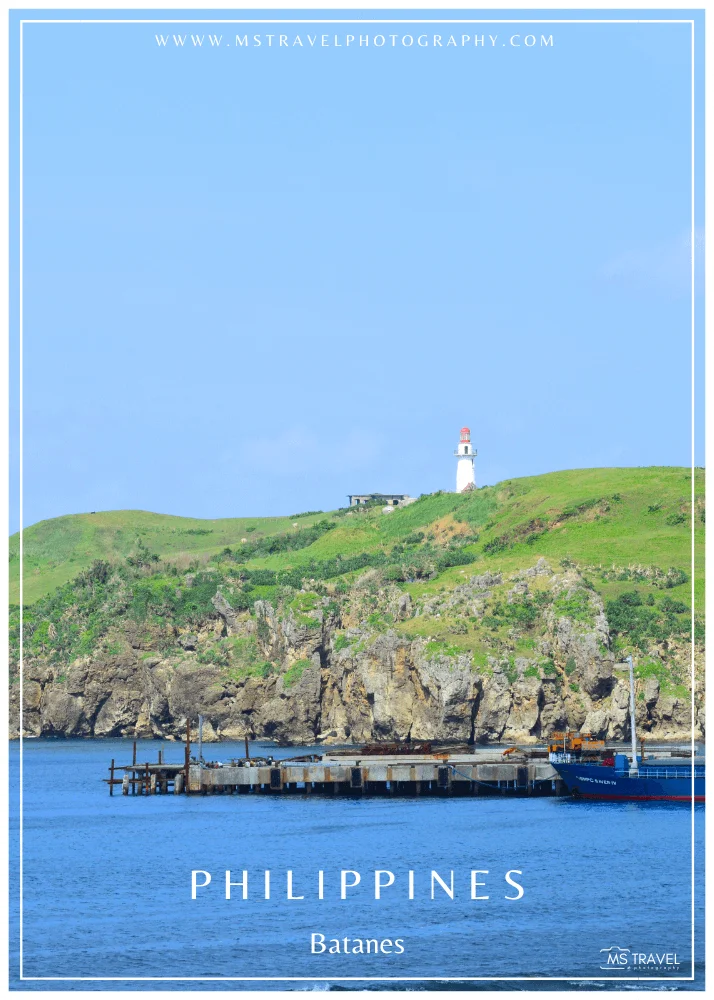
Geography and Natural Beauty
In both size and population, Batanes is the smallest province in the Philippines. It has some of the most beautiful scenery in the archipelago despite its small size. Some of its natural wonders are as follows:
Rolling Hills and Pastures: Known as “Marlboro Country,” the Vayang Rolling Hills and Racuh a Payaman are expansive natural spaces with sweeping views of the surrounding sea. They provide witness to the fact that Batanes and New Zealand are frequently compared.
Rough Coastlines: Among the locations where people may see the might of the Pacific smashing against rocks and cliffs are Chawa View Deck, Valugan Boulder Beach, and Nakabuang Beach.
Mountains and woods: Mt. Iraya, Batanes’ highest peak, provides hikers with an opportunity to pass through lush woods and enjoy a panorama from the summit that makes the ascent worthwhile.
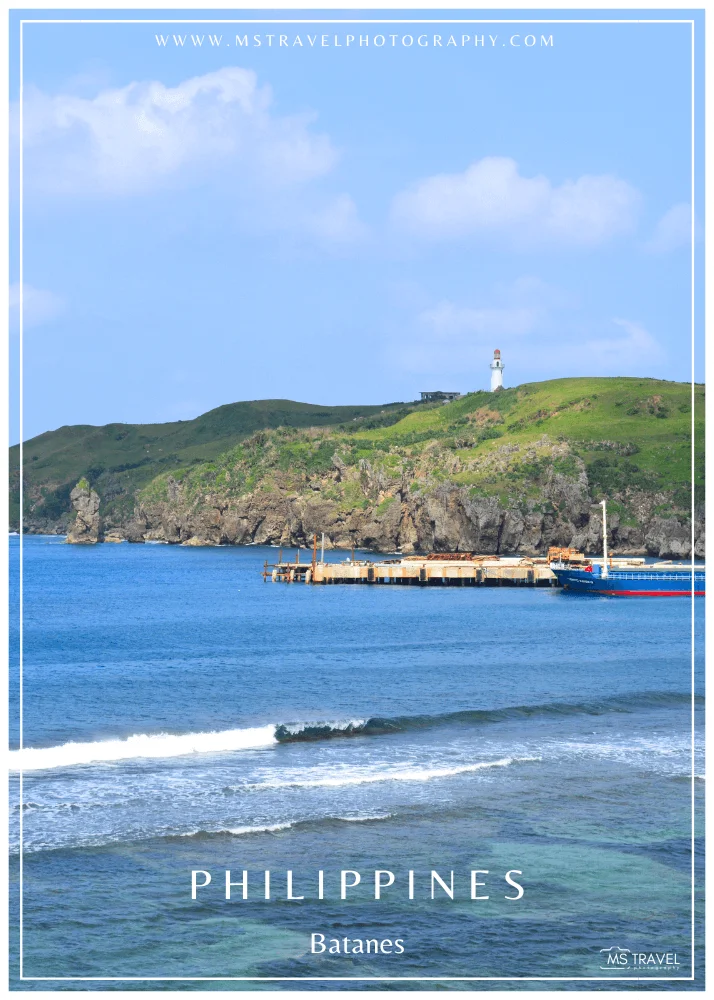

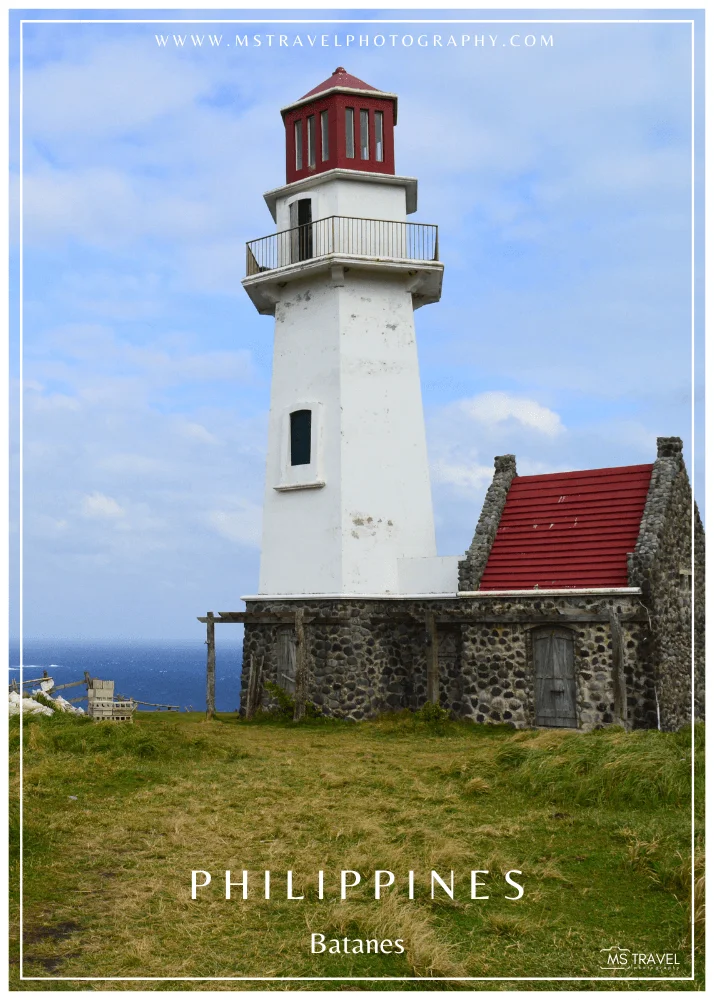
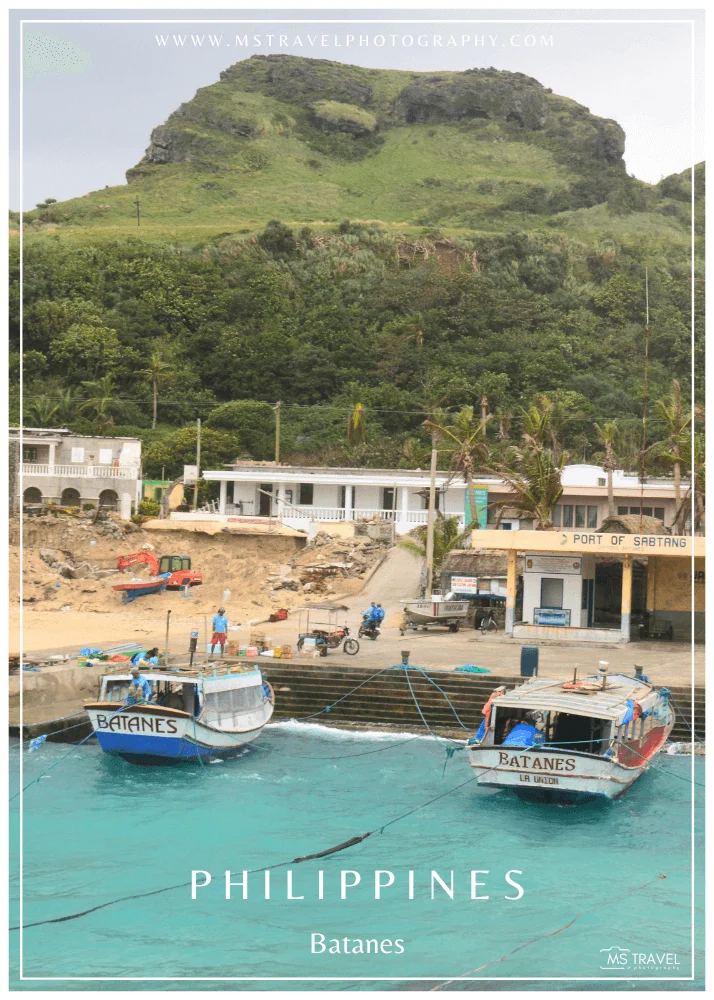
Culture and Heritage
The seclusion of the archipelago and the difficulties presented by its natural environment have molded the rich culture of the Ivatans, the indigenous people of Batanes. They are well-known for their stone homes, which are built to resist the powerful typhoons that often hit the region. These homes, with their substantial walls and cogon grass roofs, represent the inventiveness and tenacity of the Ivatan people.
Deep-rooted customs exist in Batanes. Numerous rituals and beliefs unique to the province are being observed today. For example, the traditional Ivatan boat known as the “tataya” is still utilized for transportation between islands for fishing.
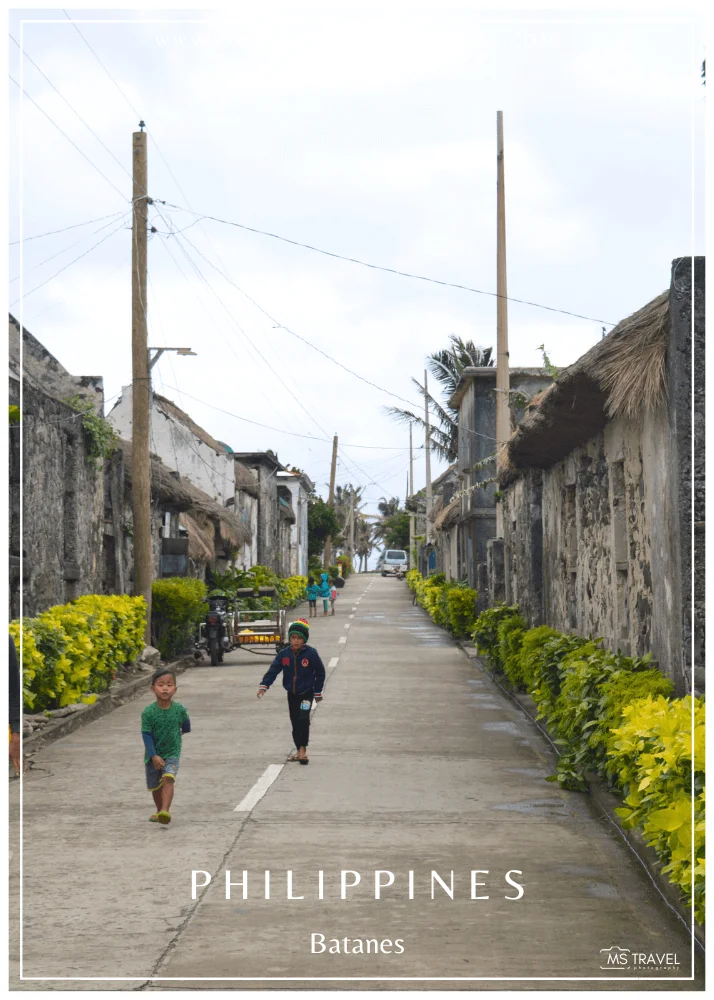
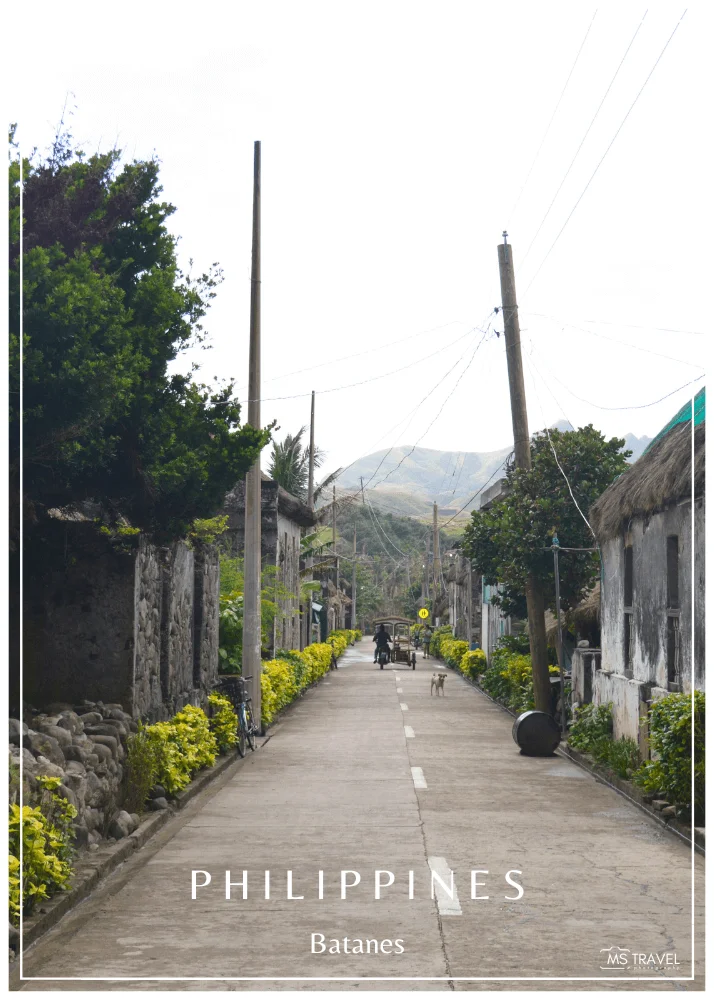
Historical Significance
Owing to its advantageous position, Batanes has a long history of commerce and engagement with other areas of the Philippines and Taiwan, among other nearby places. The few churches and lighthouses dotting the islands are clear examples of Spanish influence. Because of its historical significance and expansive views, the Sabtang Lighthouse and the Basco Lighthouse in Naidi Hills are not only well-utilized but also well-liked tourist destinations.
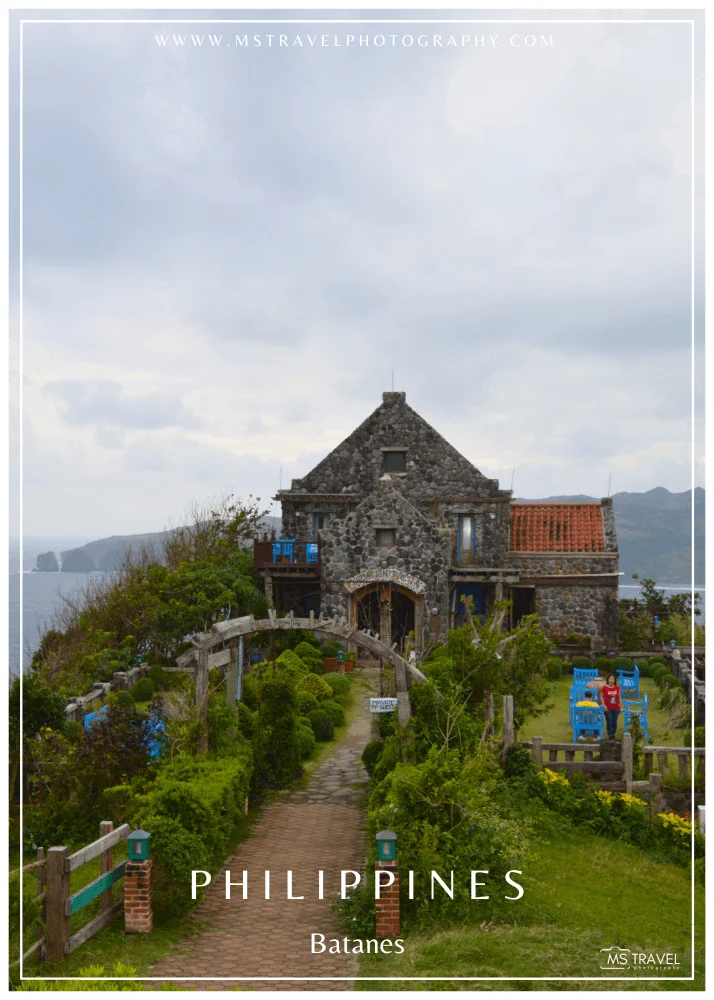
Cuisine
Batanes provides a distinctive gastronomic encounter. Owing to their remote location and the bounty of the nearby seas, fresh fish, root crops, and vegetables are the main ingredients of Ivatan cuisine. Ivatan traditional pig dish “lunis”, cooked with salt and preserved in its own grease, and “uvud”, a mixture of banana tree pith and fish, are popular meals.
Conservation and Tourism
Over time, there has been a noticeable growth in the number of tourists visiting Batanes due to its natural beauty. The local government has made efforts to encourage sustainable tourism in light of the possible risks to the environment and cultural heritage. To guarantee that Batanes remains in perfect shape for next generations, efforts are being made.
More than just a vacation spot, Batanes is sometimes referred to as the “Last Frontier of the North”. It is evidence of the peaceful coexistence of nature and humans, where customs are upheld and the environment is revered. Whatever your reason for visiting—a historian keen to learn more about the past, a visitor seeking peace and quiet, or a photographer seeking stunning scenery—Batales guarantees an amazing and enlightening experience.

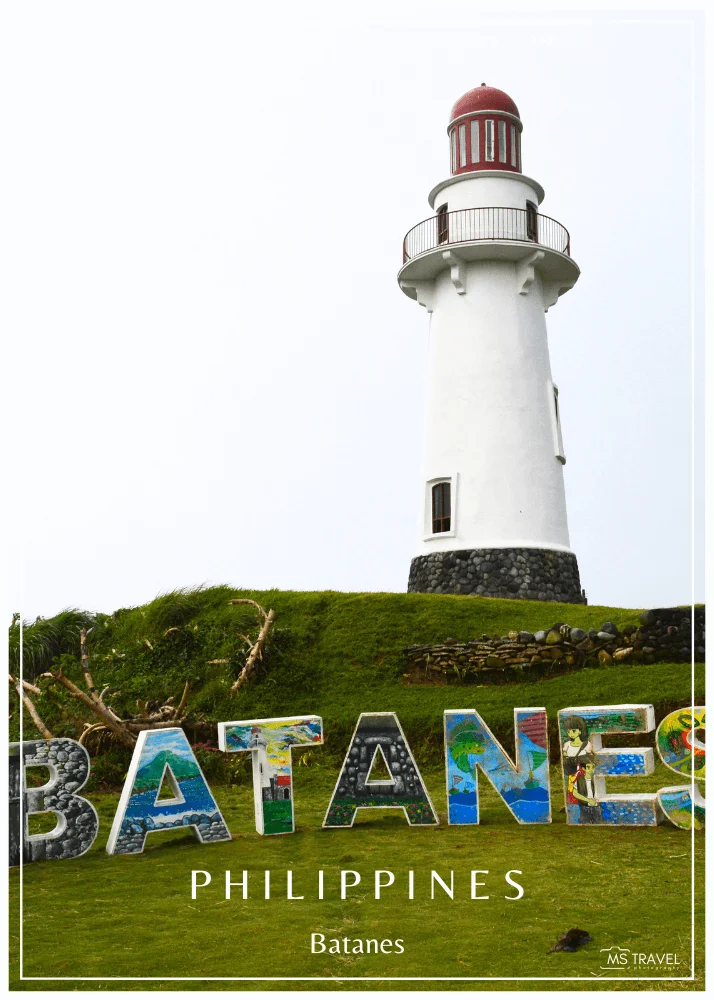
In Summary
My journey to Batanes was a pilgrimage to one of the most revered places in the Philippines, not just a holiday. While the voyage was pricey, the memories and experiences I gathered are priceless. If someone is thinking about going, I would tell them that going to Batanes is an investment in your soul, an opportunity to have a deep connection with nature, and a chance to join a select club of people who can say, “I went to Batanes, and it exceeded my expectations.”






